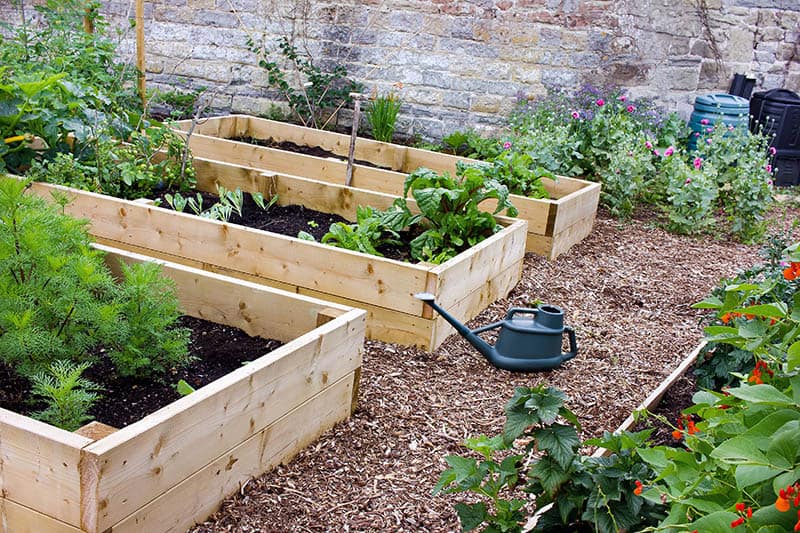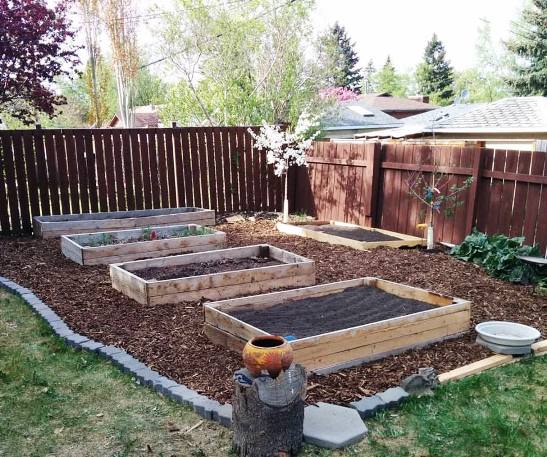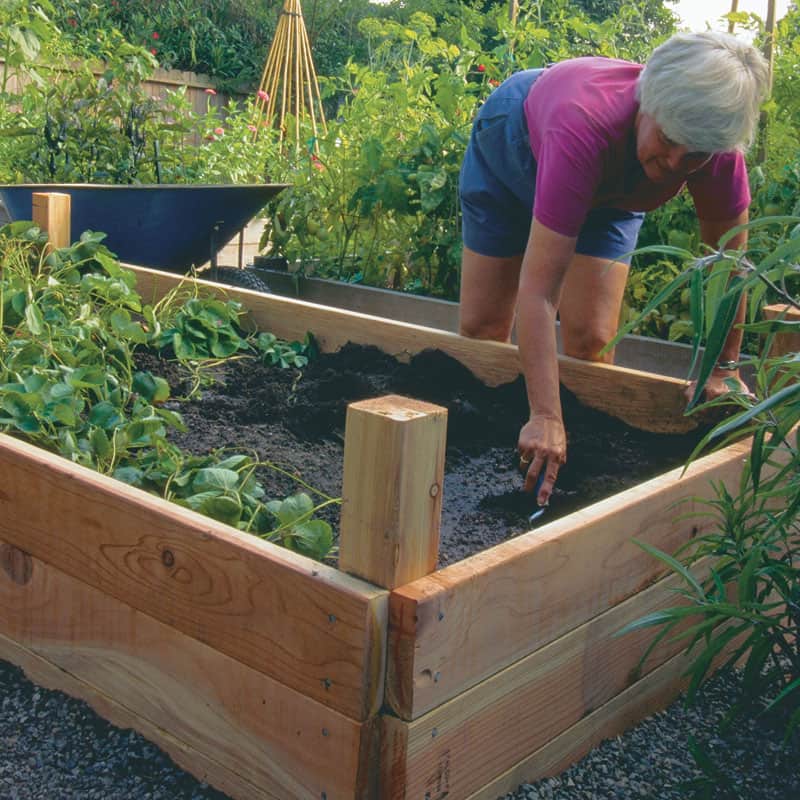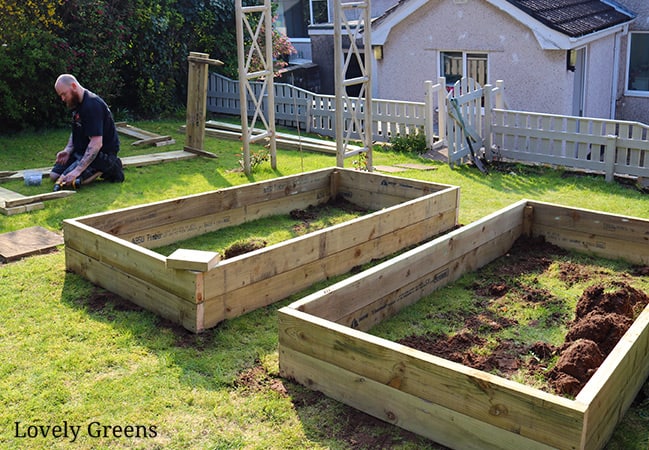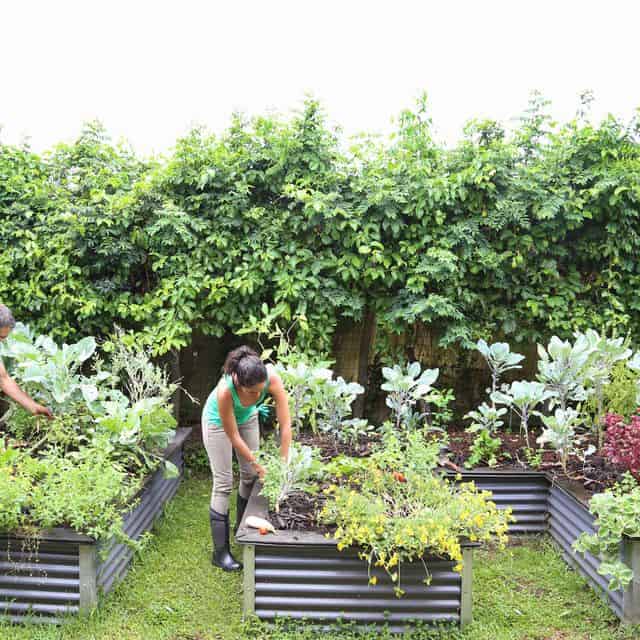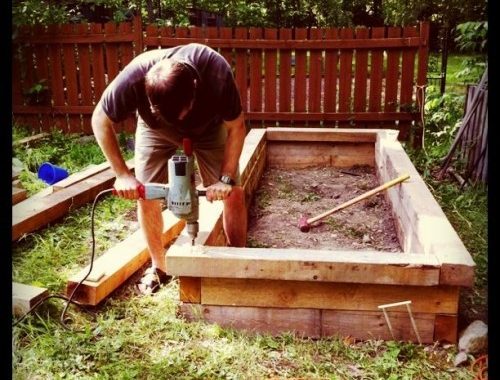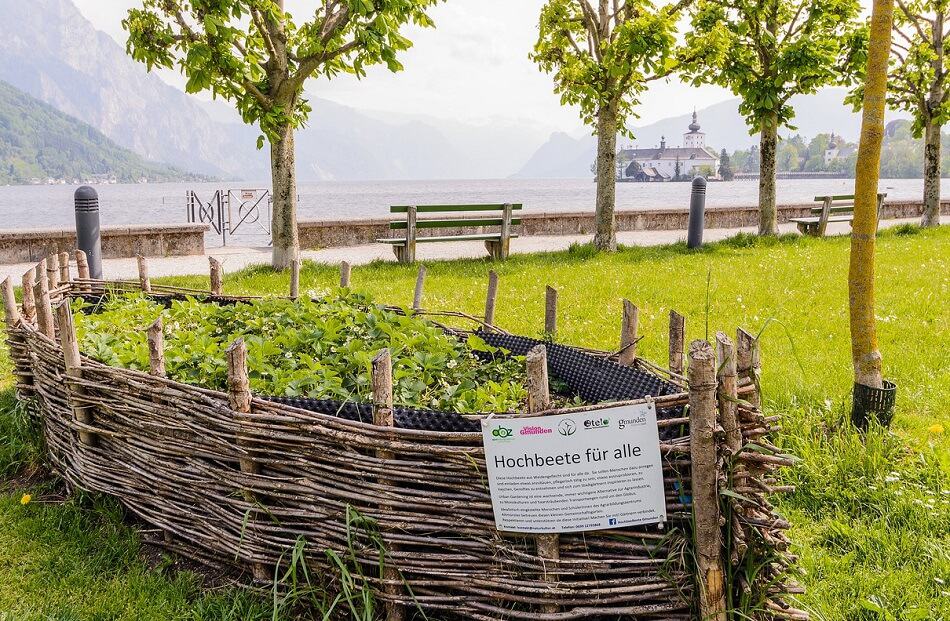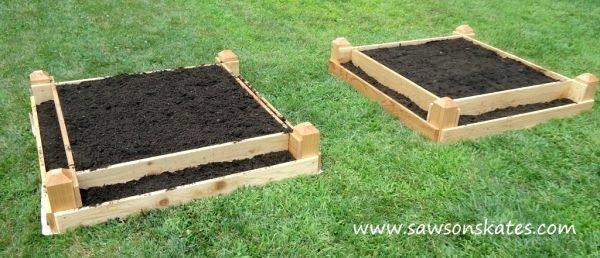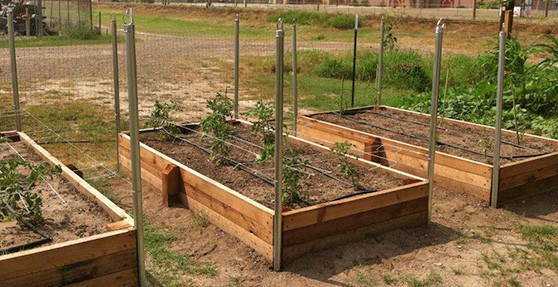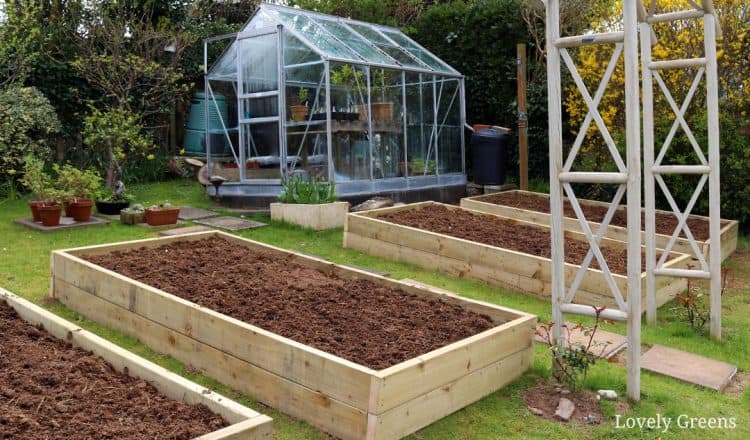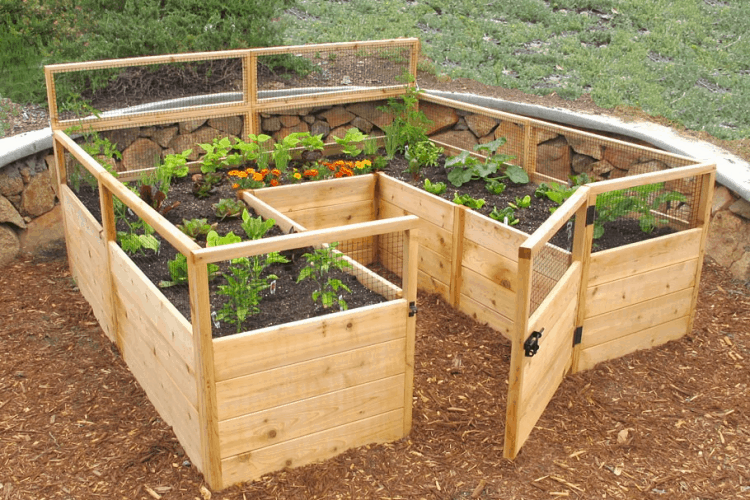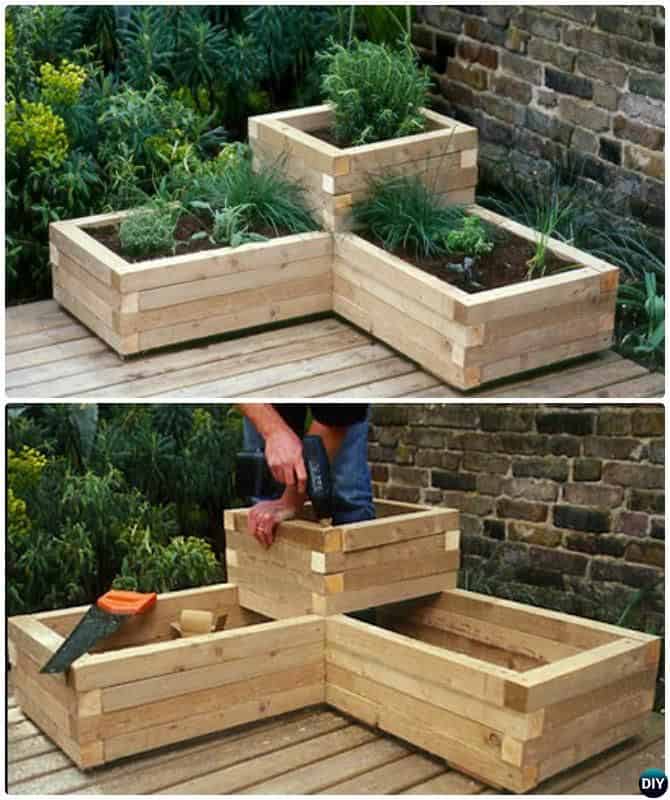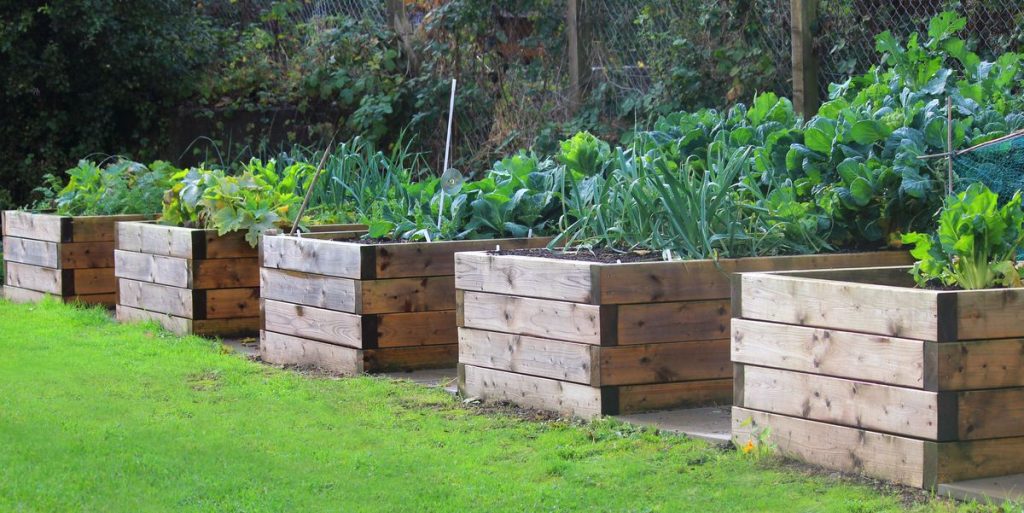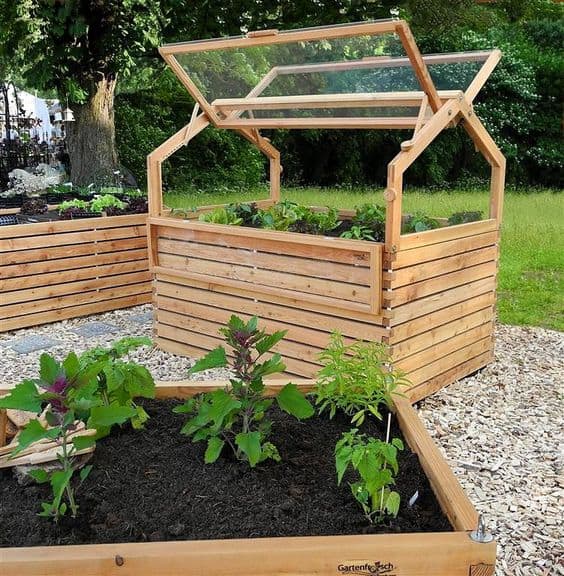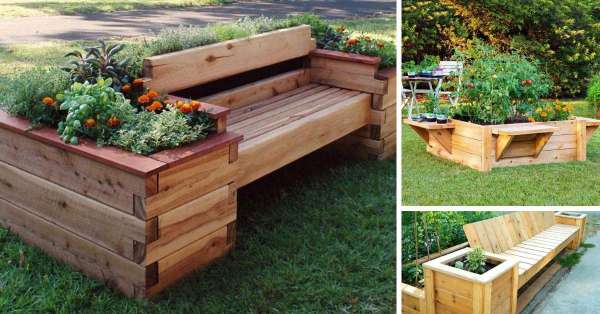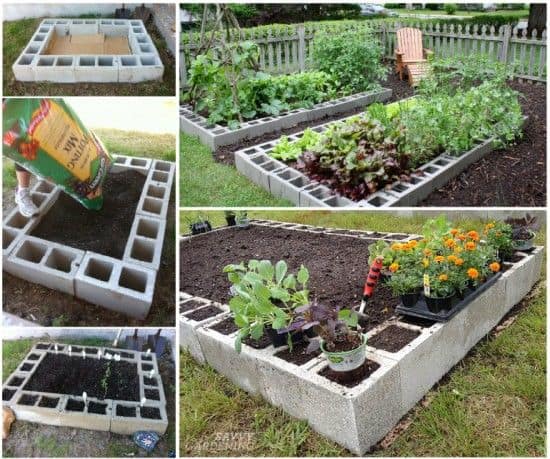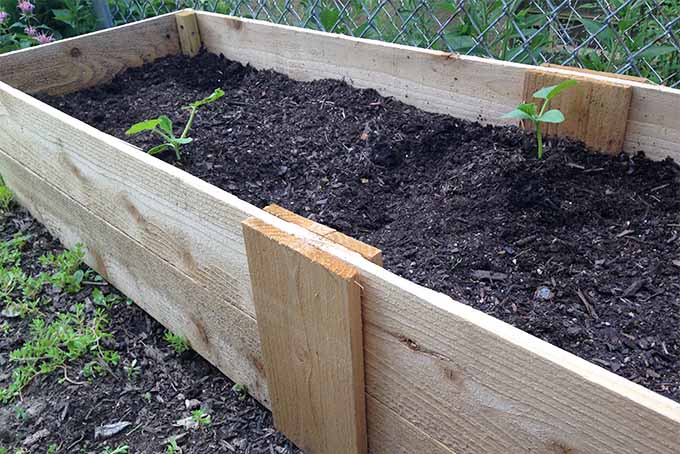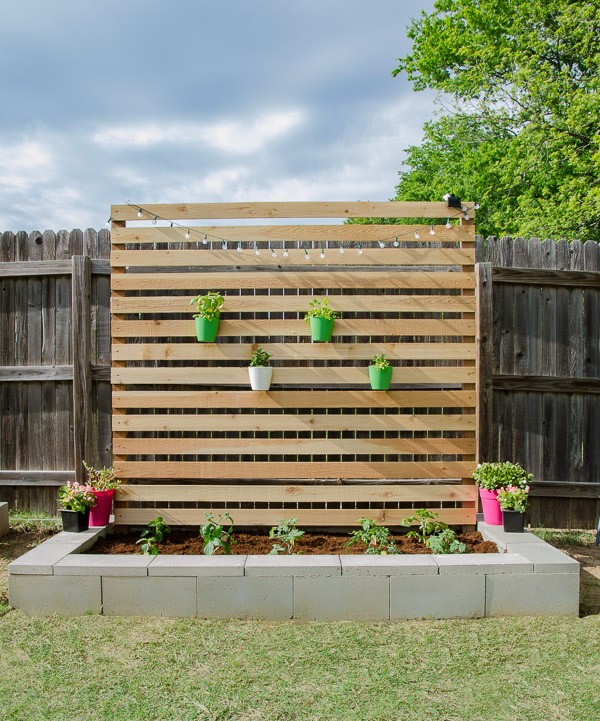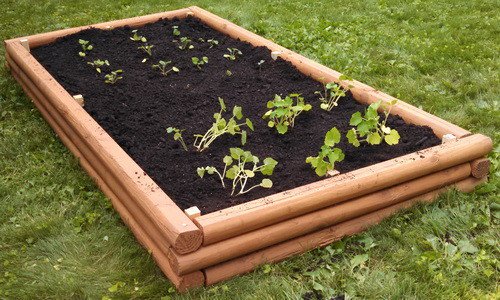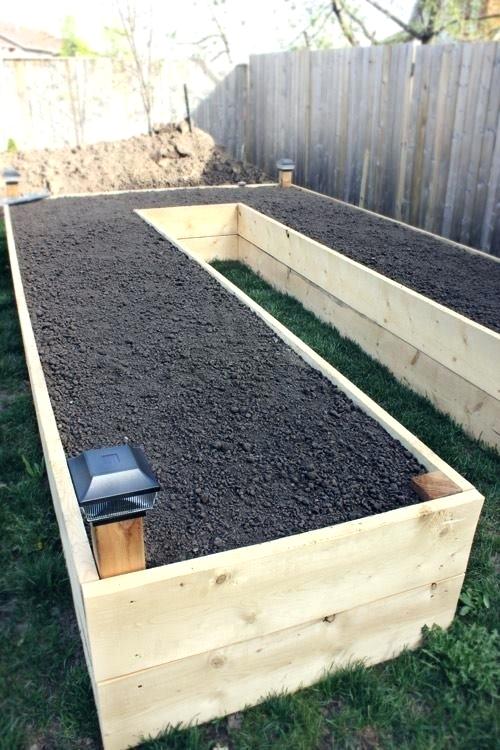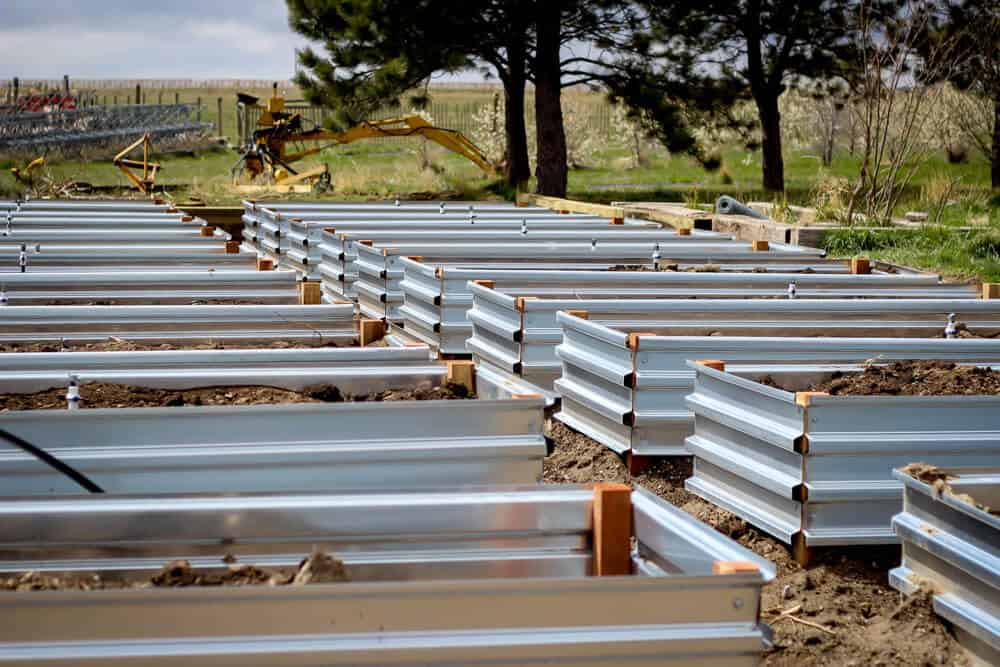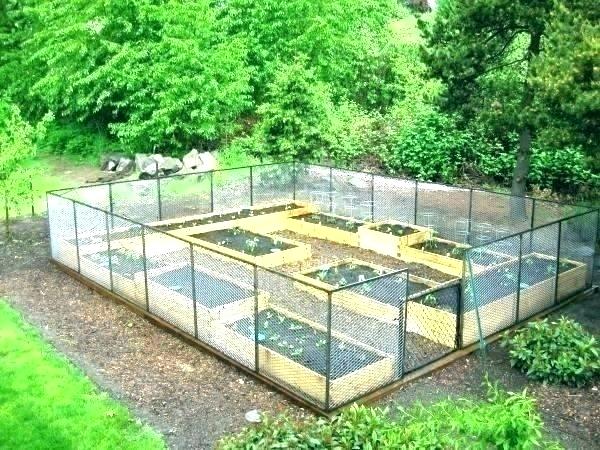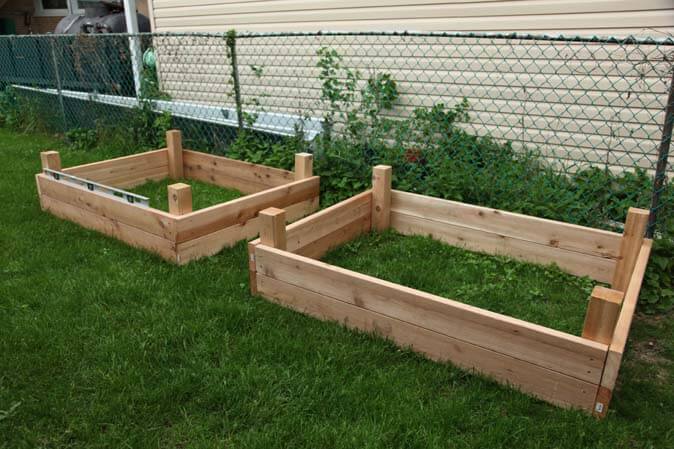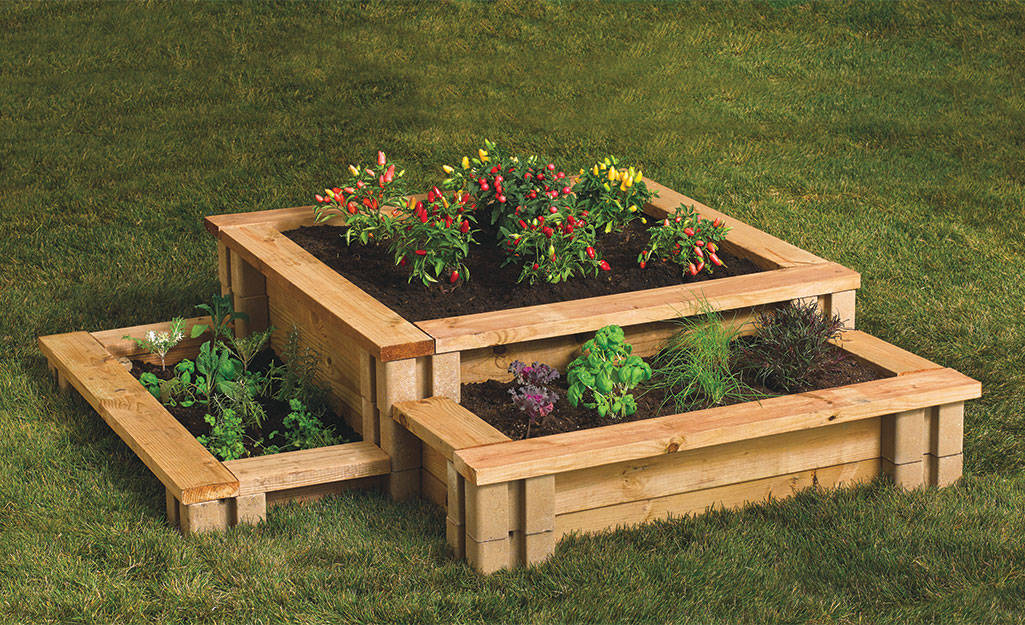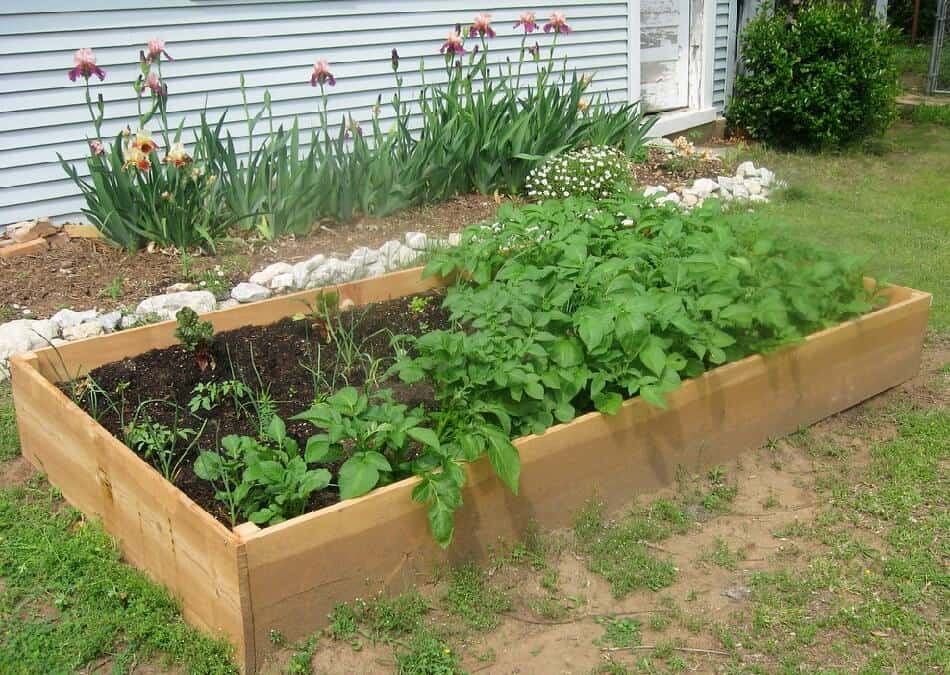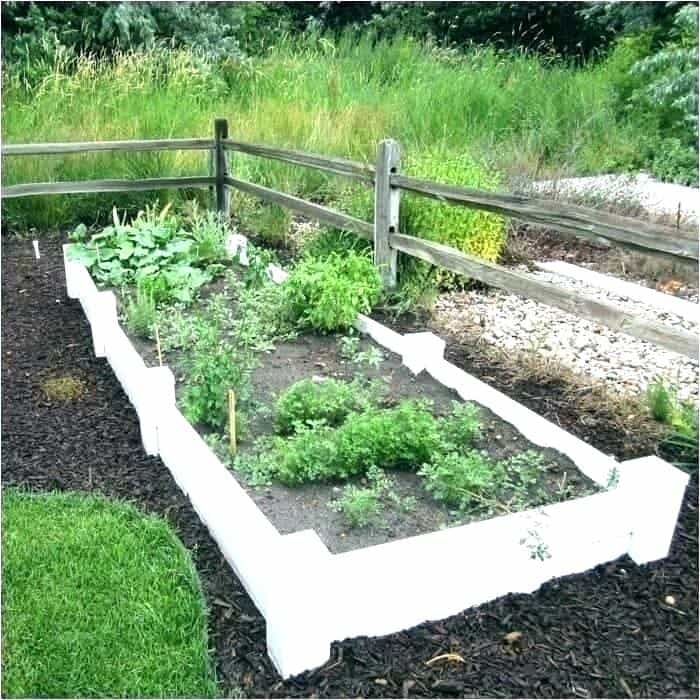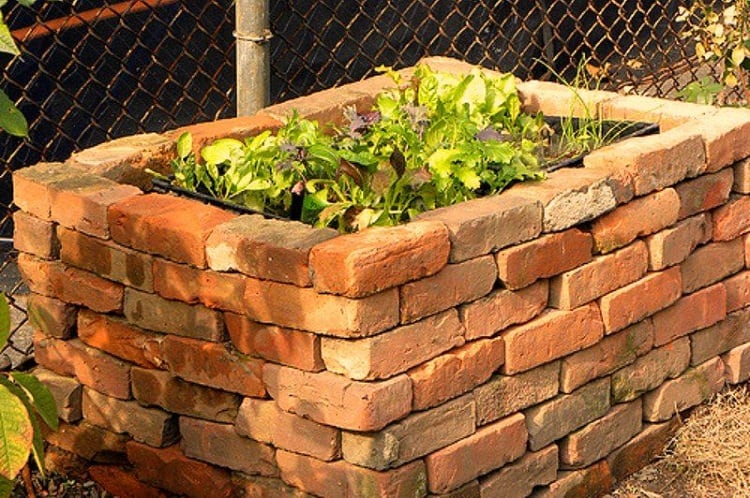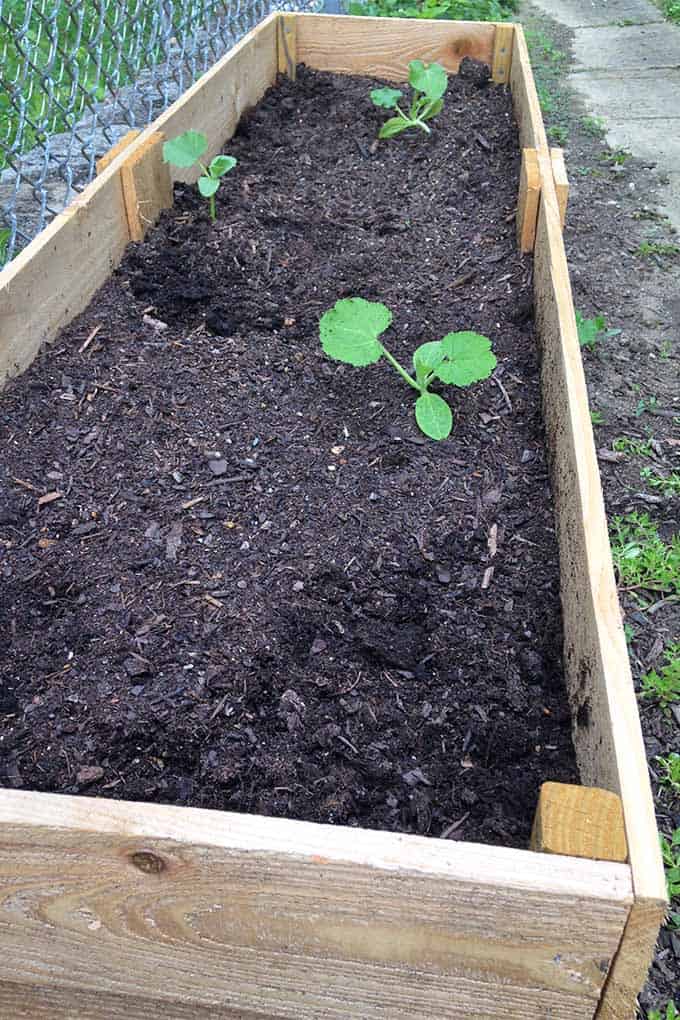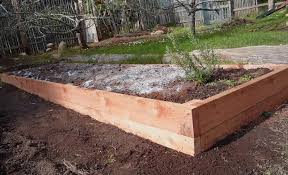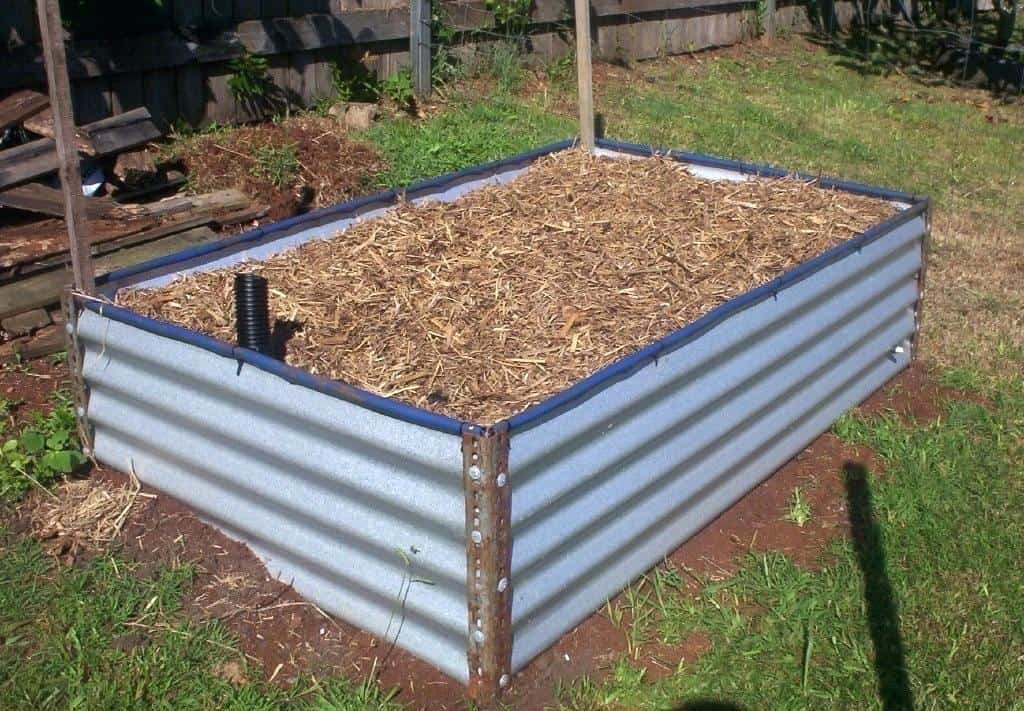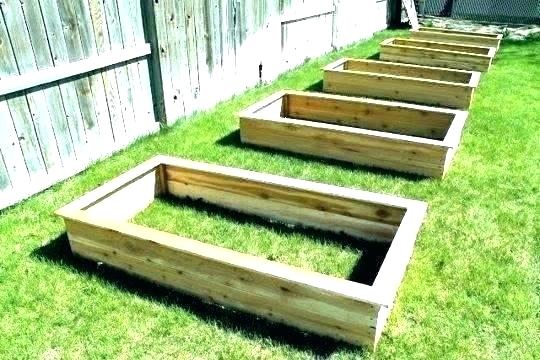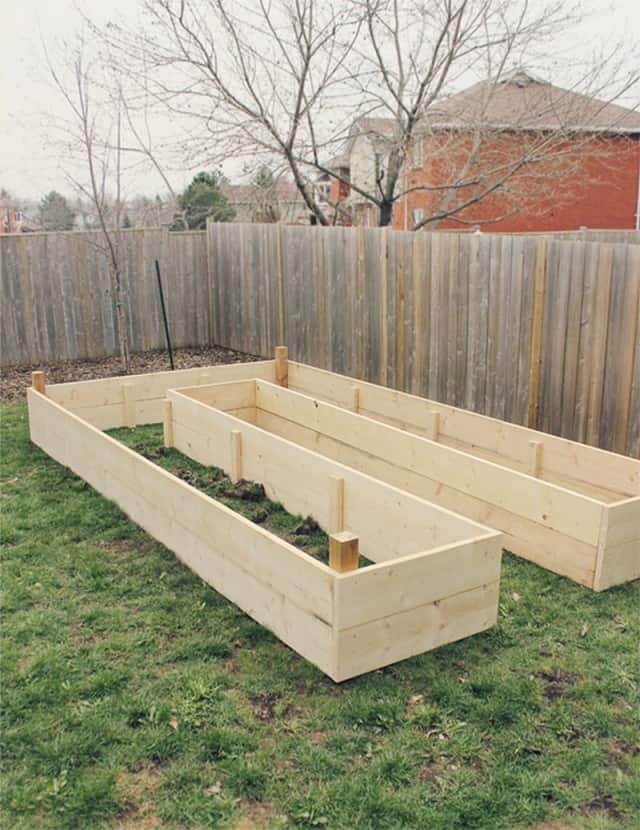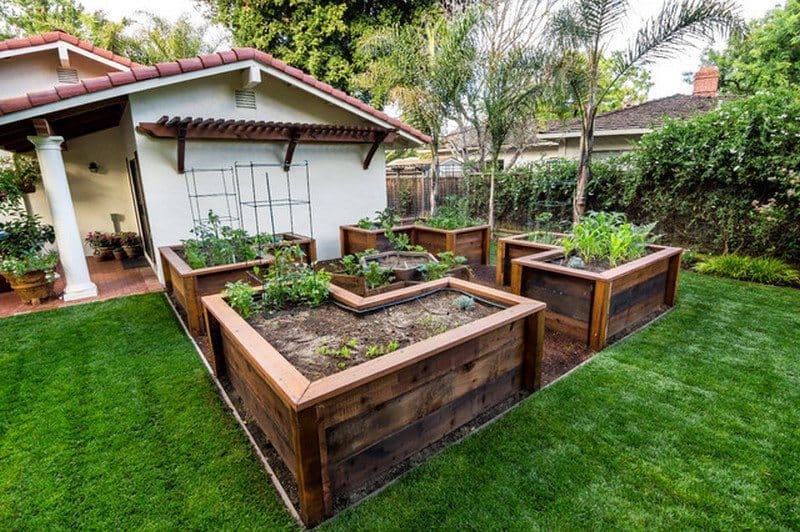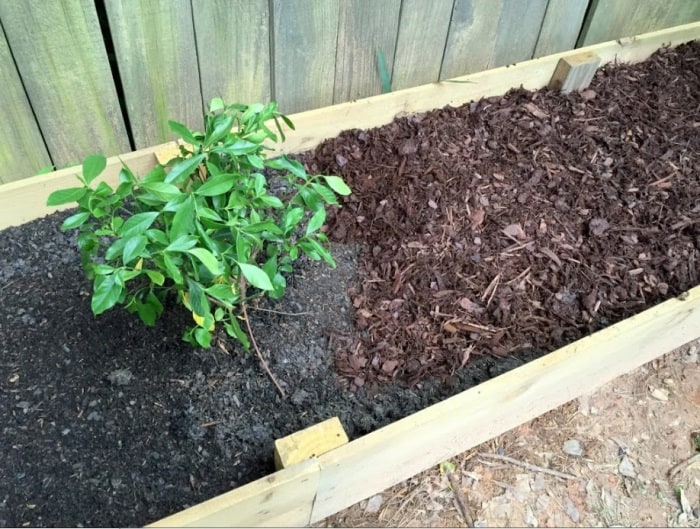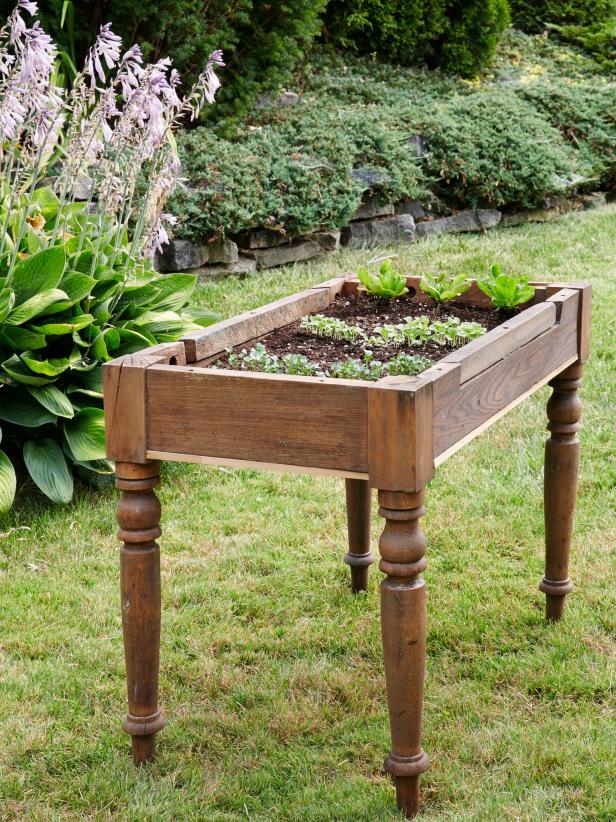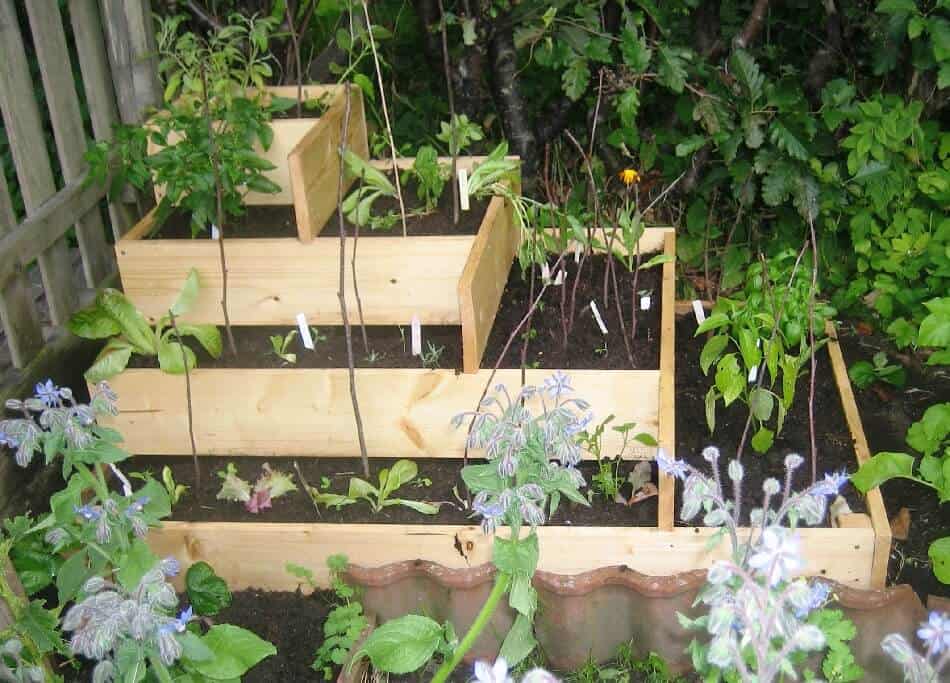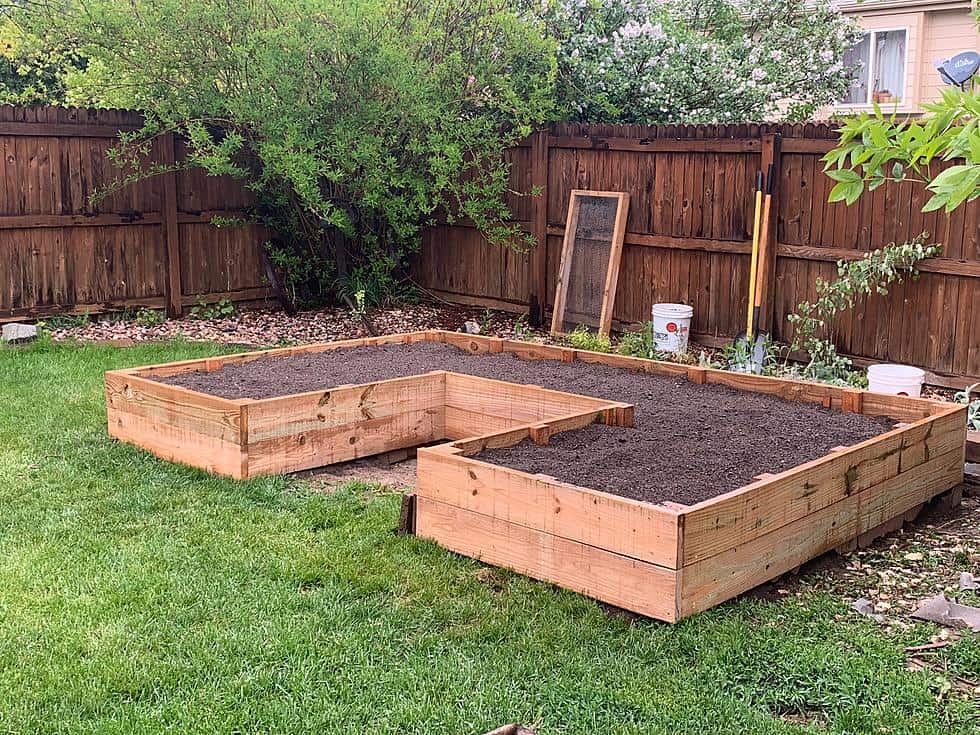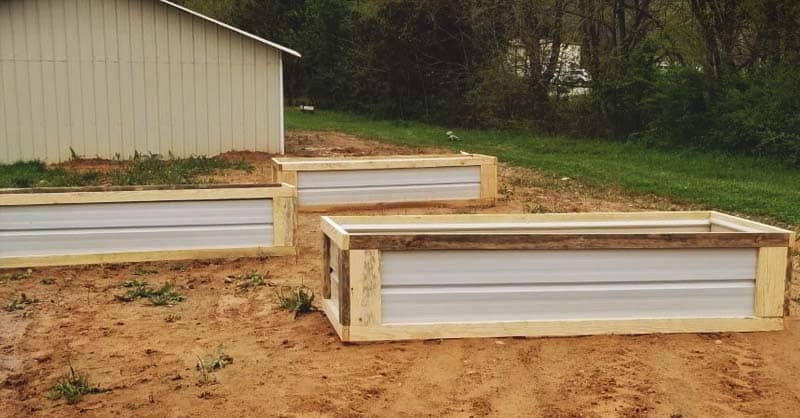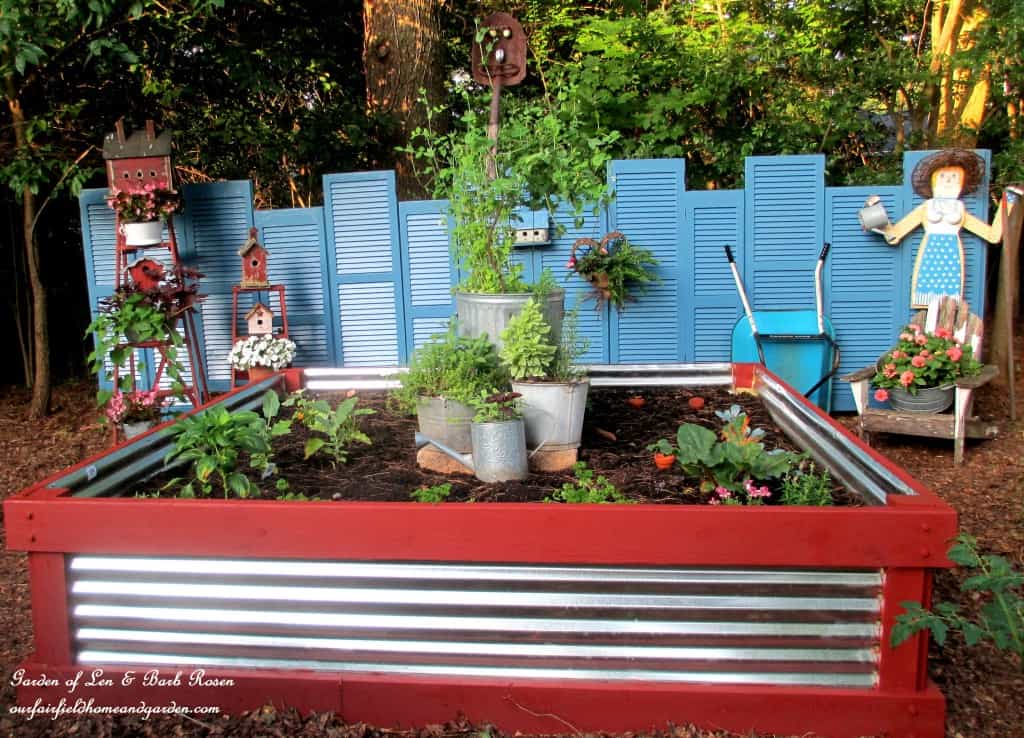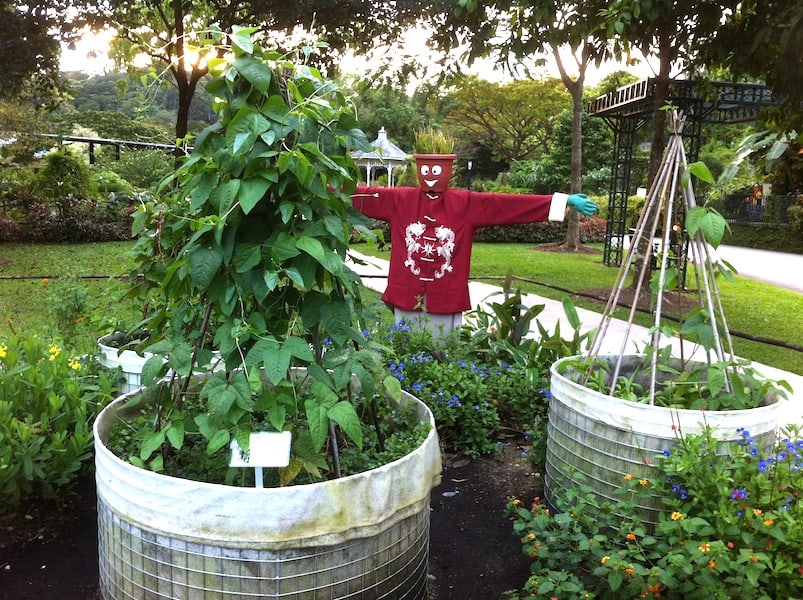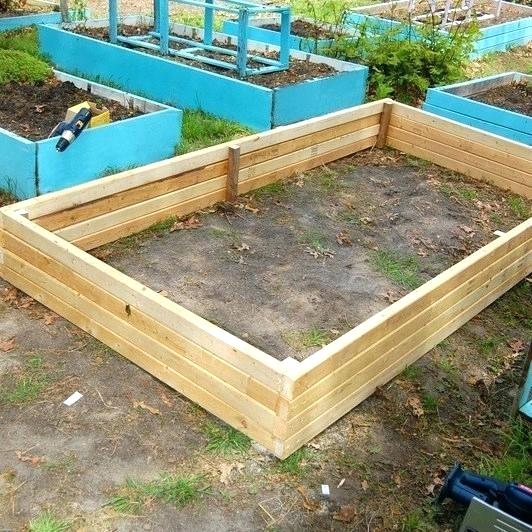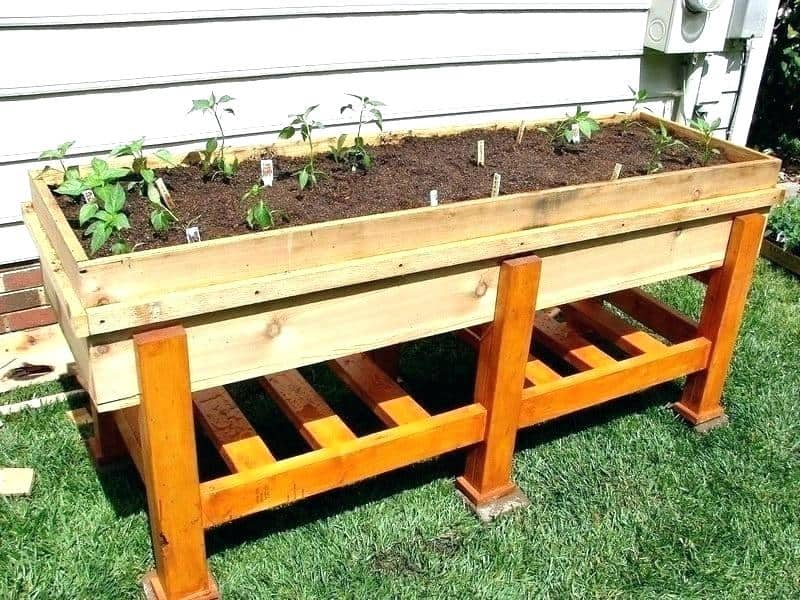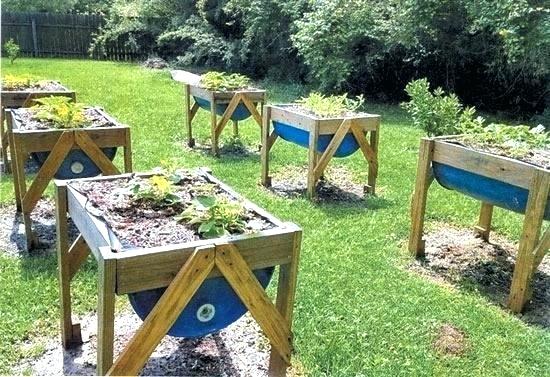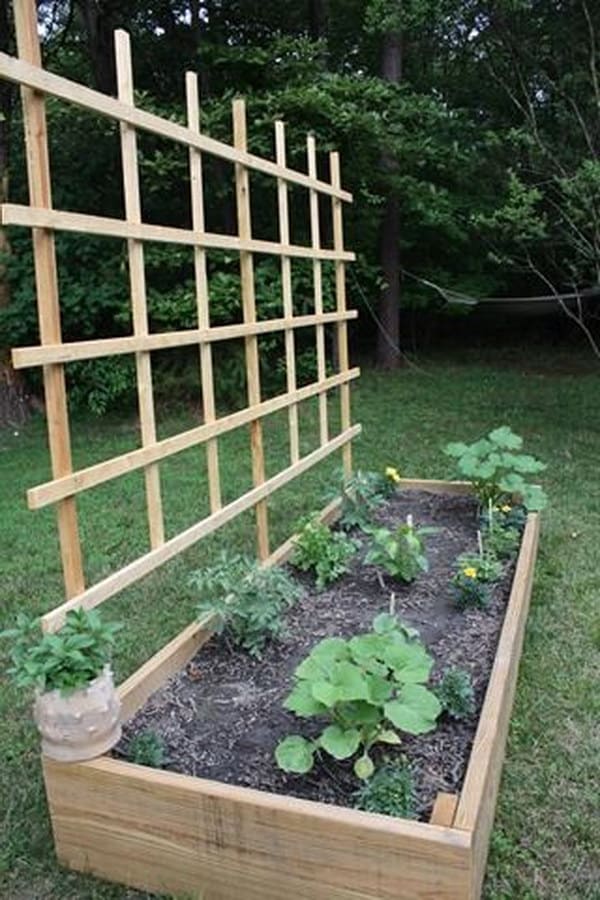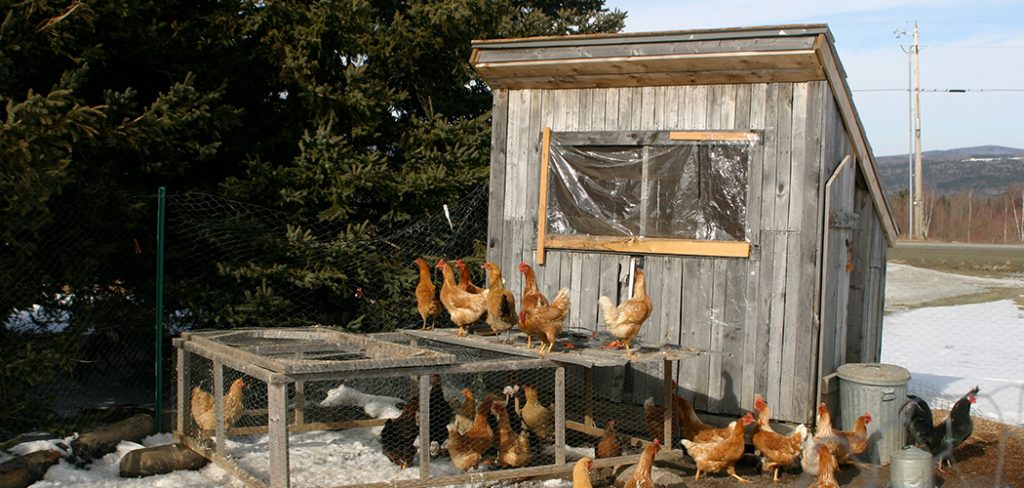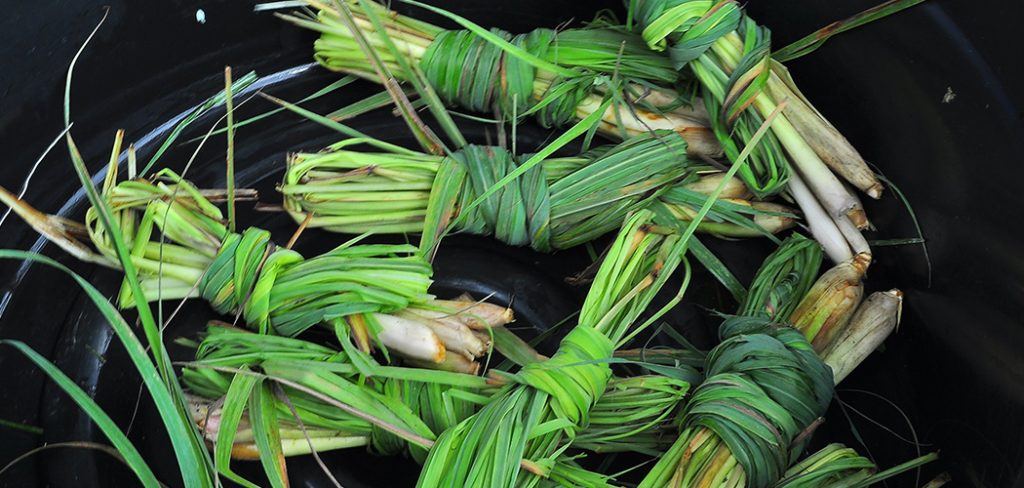A raised bed is a large gardening box-like container filled with quality soil and plants with no bottom or top. Raised beds are easier to construct and to maintain in your backyard with lots of benefits to the owner. You can DIY raised garden bed or purchase a ready-made one for use in your backyard garden.
Benefits of a raised garden bed
Here are some of the benefits of raised garden beds in your backyard.
- Garden chores are easy and comfortable to perform. There is less bending and less kneeling, say goodbye to strain and back pain. If your age has gone by, you can still manage to tend your raised garden bed.
- Increase the productivity of your crops because of deep rooting and quality soil and better drainage in raised beds
- Raised beds work better for people with limited space for traditional row gardening
- Raised beds make your gardening organized and under checks
- You have full control over the quality and content, it works well in places that are rocky and with poor soil nutrition
- It allows for a longer growing season.
- Fewer weeds and diseases in raised beds
- It is easy to perform square foot gardening
Use the right wood to build raised beds
The safety of the wood frame should be a matter of concern while building your raised bed. You will need your raised bed to last many years as possible, therefore choosing the right type of wood is paramount.
Here are some of the recommendations for the type of wood you should use for your raised bed.
- Cedar is expensive but the best for building your raised bed because it contains natural oil which prevents them from easily rotting hence will last for many years.
- Using thicker boards despite the type of wood will most likely last longer than thinner boards. Thicker boards will last many years even with no treatment.
- Don’t use railroad ties because there is a chance they may be treated with creosote which is toxic
- Choose eco-friendly treatment on frames to be used to prevent the wood from rotting easily
The recommended size of your raised bed
You need first to locate your raised bed on a level ground where it gets enough sunlight about 6-8 hours of sunlight per day. 4 feet width of a raised bed is enough to enable ease of access to the middle of the bed while removing weeds.
The length is not important as such but common lengths are 8 and 12 feet. The depth of the raised bed can vary but not less than 6 inches, 12 inches is ideal for most roots in crops.
Soil as the main ingredient for raised bed garden
Soil is the most useful ingredient in your raised bed. Most raised beds fail becuase of getting wrong from the soil content.
Mix top soil, compost and organic material for a perfect nutrient-rich environment for your crops. Frequent watering is recommended especially during summer and mulching will help beds retain moisture for a long period.
To conclude
Look at the following gallery for inspiration ideas for building your own raised bed garden in your backyard.
Hope you get some inspiration from the gallery above. If you are interested to diy your very own greenhouse, check out this post.
